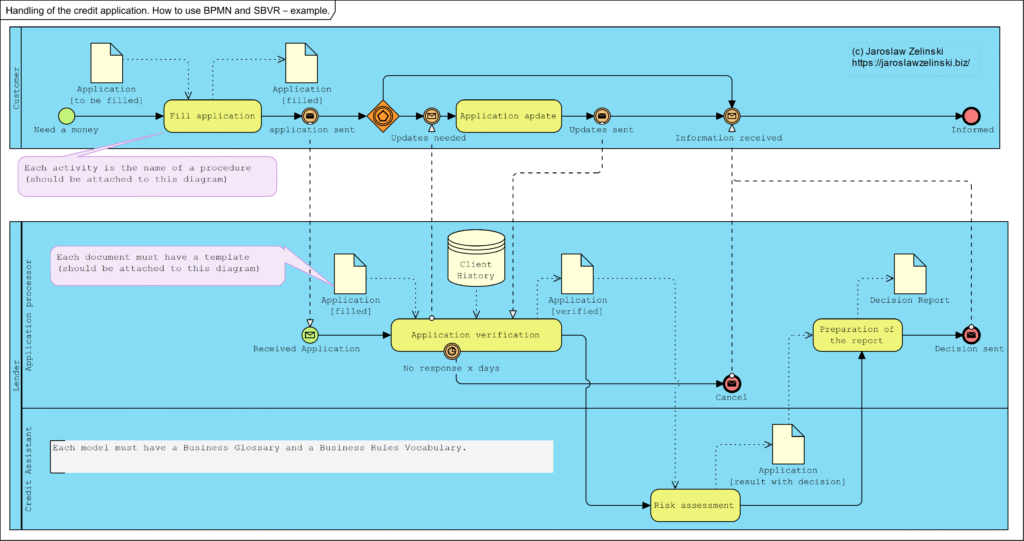June, 2025
now browsing by month
Design vs implementation
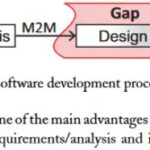
Introduction
In software development, design software refers to the process of defining the structure, components, and behaviour of a software system. In contrast, implementation software focuses on translating those designs into actual, executable code. Essentially, design is about planning and architecture, while implementation is about building and coding.
Here’s a more detailed breakdown:
Design Software:
- Purpose: To create a blueprint for the software, specifying its functionality, architecture, and user interface.
- Activities: Requirements gathering, system modelling (using diagrams like UML), database design, user interface design, and creating technical specifications.
- Focus: Problem-solving, high-level planning, and creating a clear vision of the software before coding begins.
- Output: Design documents, specifications, prototypes, and architectural diagrams.
Implementation Software:
- Purpose: To turn the design into a working, executable software product.
- Activities: Writing code in a specific programming language, unit testing, integration testing, and debugging.
- Focus: Coding, testing, and deploying the software based on the design specifications.
- Output: Source code, compiled binaries, and the deployed software application.
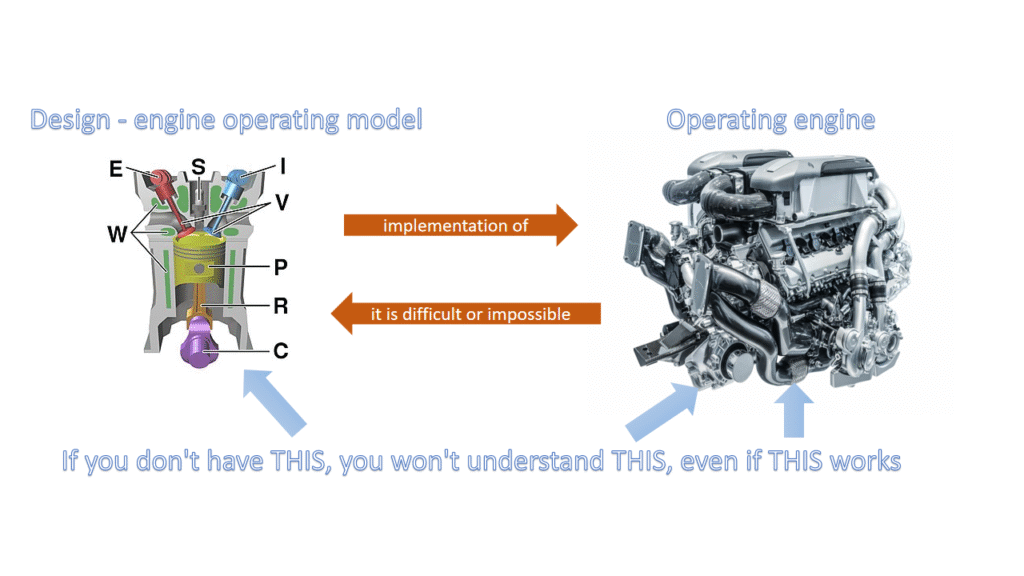
Disaster Response and Recovery Process in a Manufacturing Enterprise
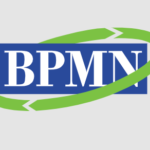
Scenario Title: Disaster Response and Recovery Process in a Manufacturing Enterprise
Description: This process is triggered when a manufacturing plant faces a natural disaster such as a flood, fire, or earthquake. The event may be detected via various sources — factory IoT alarms, calls from the plant manager, emergency authorities, or even social media. Once detected, the Crisis Management Team is activated, triggering multiple parallel response tracks: Human Safety Track: Evacuation, medical assistance, employee family coordination Business Continuity Track: Alternative sourcing, production rerouting, insurance claims Infrastructure & IT Track: Damage assessment, disaster recovery, data risk mitigation External Communication Track: Legal disclosures, PR statements, government reporting The process involves numerous asynchronous events, external parties, exception handling, and delayed subprocess closures like audits and legal resolutions

Process for managing customer complaints at a bank
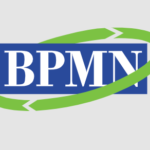
Kolejne zadanie postawione na LinkedIn (LINK)
“Let’s imagine a process for managing customer complaints at a bank, where they can be received at the branch, on the customer line or directly by e-mail from the complaints management team. How can I illustrate this scenario with BPMN, taking into account the different entry points? Note that regardless of the entry point, the complaint must be forwarded to the complaints management team.”

Handling of the credit application. How to use BPMN and SBVR – example.
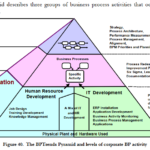
A common problem in companies, both very small and very large, is the lack of full knowledge of how the company really works. The consequence is the unpredictability of the consequences of decisions taken.
Innym negatywnym efektem tego braku wiedzy jest trudność w zawieraniu umów i wdrażanie do pracy nowych pracowników.
The solution to both of these problems is a correctly executed business model, the backbone of which is business process maps, associated procedures, business rules and document templates. A correctly developed model allows you to familiarise yourself with everything that affects the business quickly. It also allows everyone to understand how the business works.
Below is an example of such a model: the business process model.
